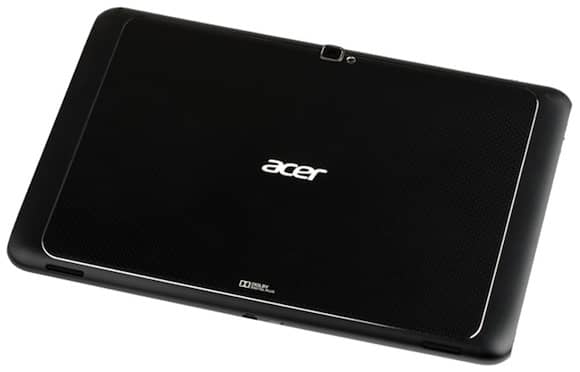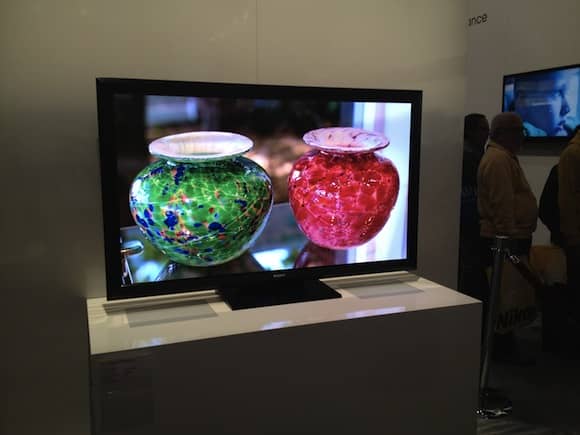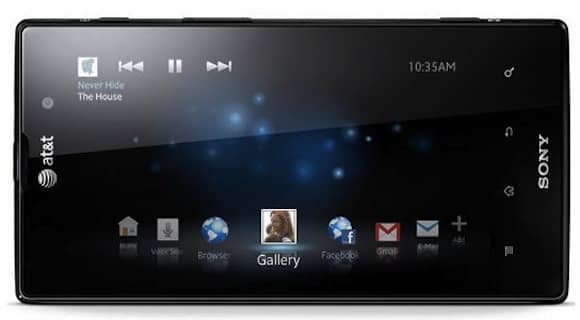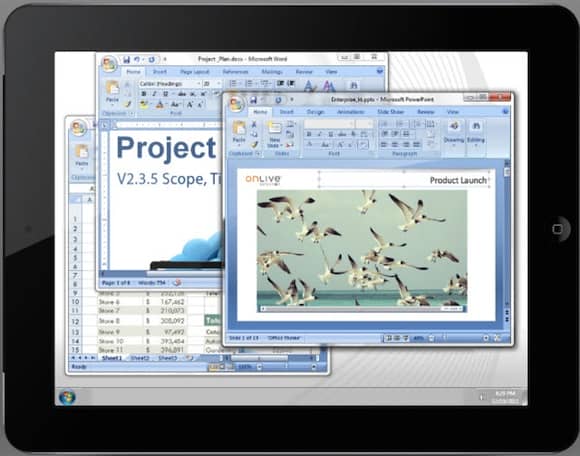CES is finally over and we thought we'd do one more round-up, which will contain the best of the rest; from new TV technologies to rival OLED, mobile phones and tablets that you may have missed during giant the tech scrum.
Acer dropped a 'one more thing moment' at the end of their CES keynote and it came in the form of their Iconia Tab A700 their new flagship tablet, which has Ice Cream Sandwich and a whopping quad-core processor.
It hasn't been officially unveiled, so details about its final specs remain scant, but it was on the show floor for consumers and journalists to have a quick play.
The first thing we noticed is the amazing new screen, it boasts an impressive resolution of 1925×1200, which is just a shade above 1080p. It's bright and pin sharp, and surely means that plenty of other tablets will make the jump to retina-esque displays in 2012….ahem Apple.
Not only does this mean 1080p playback, it also gives things like text and magazines a little more zing, and makes them look more like printed paper than digital text.
The tablet isn't going to win a beauty contests, it's the typical glum Acer design. It's 9.8mm and a lot lighter than many had expected considering its power capabilities. But, if it's not inconceivable that it could get a facelift when it finally makes it to market.
The A700 comes with Ice Cream Sandwich, 1.3Ghz quad-core tegra processor, 9,800 mAh battery, 5 megapixel camera, micro USB and microHDMI - there's no word on price, but we'd imagine it's going to be towards the higher end of the market.
LG may have stole the show with their amazing OLED technology, but, Sony were on hand at CES to try and steal a bit of their thunder.
They announced a new prototype screen technology called Crystal LED, which they hope will prove to the new defacto screen technology. But can it really compete with OLED ?
Sony showed off a new 55-inch panel which is made up of millions of tiny LED’s that act as pixels and offers a Full HD self-emitting display.
The method they're using 'dramatically improved the light and efficiency' and offers higher contrast ratios, wider colour gamut and incredibly hight refresh rates, when compared to LCD and Plasma's
Intriguingly, Sony added this new technology was “parallel to its continued development and commercialization of OLED displays, and Sony will work conscientiously to bring the “Crystal LED Display” to market.”
We’ve yet to find out the juicy information such as when we’ll see the technology in use or whether it will cost the earth, but Sony better get a wriggle on before Samsung and LG’s OLED TVs start to gain traction in the market.
Not only did Sony show off the new Xperia S which his the Arc HD in all but name, but they also had another handset on show the Xperia Ion.
It's the first phone to come out of the new Sony buyout and on paper this handset is an impressive beast. Specs-wise it's a great phone: a dual-core 1.5Ghz processor, 16 BG of internal storage and a 12 megapixel rear camera.
There's a front-facing camera on the front capable of recording in 720p. In other exciting news the new phone comes with a massive 4.6-inch screen with an impressive resolution of 1280×720, which Sony is calling HD Reality - the handset also comes with Music unlimited and Video unlimited too.
The main selling point for the Ion is that it's Playstation certified, meaning gaming on the go will have never looked so good on a mobile. The specs bragging doesn't stop there though, they've also managed to cram in Sony's Exmor camera technology which mean it will be up and running in 1.5 seconds and can go from pic to pic in two seconds.
The only downside we can see with the phone it's the decision to release it with Android Gingerbread, which is a little old-hat when Ice Cream should be the only OS on sale for all future Android phone - when will Blackberry learn.
Onlive has made quite a splash with its cloud gaming apps and service, but their not content with that, they want to do the same for the desktop apps.
Much to many people's surprise they were on hand at CES to show of their latest service, Onlive Desktop, for iPad, which will put the power of your desktop in the cloud.
The service allows iPad users (for the time being) to use Microsoft Office suite on their tablets with full touch screen capabilities all through the cloud without having to worry about whether your iPad can handle it or is compatible.
The way it works is simple: harness the power of Onlive's goliath server farm to do all the heavy lifting at their end whilst you get the benefits of the full version of office on a tablet.
It might seem like a strange thing for Onlive to be doing, but, in theory it's likely to be a smoother experience for the end-user because you won't be playing triple-A games and merely doing spreadsheet work or presentations, where a tiny bit of lag wouldn't ruin the experience.
In fact: it's the next logical step. The servers and technology are already there and the tasks it will have to perform will be more than manageable.
Better still they're are planning a premium version, if you signup to the top package with 50GB of server space, you can also surf the web and use their amazing bandwidth speeds and, better still, it also allows for full flash support on an iPad. Amazing.
In Onlive's short history they've never had any downtime, so it's more than plausible that businesses could actually rely on the service.
The Onlive desktop app works by downloading the app, signing up and boom - you're away.
When the service is released on iOS this week, Onlive Desktop will be free. With this you get 2GB of storage and access to Microsoft Office. If you aren't an iPad user, then an Android version of the service is coming soon.




